The Harman Spark is a "Connected Car" device from AT&T that plugs into a vehicle's OBD-II diagnostic port, automatically creating a Wi-Fi hotspot for up to 8 devices when the ignition is turned on.
The Spark enables telematics for emergency assistance, fleet management, theft, tracking and more. This devices plug into the onboard diagnostic ports (OBD-II) of 1996 and newer model year vehicles that don't have built-in systems like OnStar.
Rate plans for the device start at $10 per month for plans without Wi-Fi, $25/month for 5GB, and $40/month for 10GB.
At one point AT&T also offered a $30/month unlimited data plan, but as of June 2020, that plan is no longer available.
Plans including internet access are offered as both standalone or as an addition to eligible Unlimited and Mobile Share plans.
For shared data plans, currently AT&T offers Mobile Share Flex data plans for aftermarket OBD-II devices. There is a $10 access fee per connected car device, in addition to the price of the plan.
Unlike AT&T's previous connected car device, the Mobley, the Spark has specific terms of service and technical restrictions that limit use to a vehicle only - and AT&T reserves the right to terminate accounts for use outside of a vehicle. The Spark's Wi-Fi also shuts down after 30 minutes of not being in motion.
Note: There are two versions of the Spark - the only difference is that the newer version supports AT&T's band 14 (FirstNet). AT&T started showing the Band 14 version on their website in January 2021. The model number of the new FirstNet version is HAS-15UA-BR.
Specifications
- Model #:
- Harman HSA-15UA-AA (first version without Band 14)
- Harman HAS-15UA-BR (Band 14 version)
- # of Connected Devices: 8 via Wi-Fi
- Control Panel and Default Password: Listed in the Harman Spark mobile App
- USB Tethering Support: None
- Supported Networks and Bands:
4G/LTE: 2, 4, 5, 12, 17 (14 with the most recent model) - LTE-Advanced Carrier Aggregation: No
- MIMO Support: 2x2 Internal
- LTE Performance Category: Cat 4
(Max Theoretical Speed: 150 Mbps Down / 50 Mbps Up) - Cellular Antenna Ports: None
- Other Ports: OBD-II
- Wi-Fi Technology / Frequencies: Wi-Fi 4 (802.11n) - 2.4 GHz
- Claimed Battery Life: N/A - does not have a battery
- Can Be Powered Without a Battery: N/A
- Dimensions: 2.95" x 2.06" x 1.13" / 3oz
- SIM Card Type: Micro
- Retail Price: $99.99
News, Videos, & Status
We have purchased a Spark on our AT&T Unlimited Plus account as an additional line and tested it out.
Video - First Look
We filmed a video overview with our first impressions of the Spark here:
News Stories
Alternatives to Consider
For other popular mobile hotspots on the market - here are our featured options:
This Review Contains Additional Member Exclusive Content!
We are Honored to be Member Funded! No ads, no sponsors, no selling (but may contain affiliate links)
Our members fund our in-depth independent reviews.
This entry may contain additional member exclusive content such as testing notes, field testing data, user interface tours, comparisons to alternatives, analysis, tips, videos and discounts.
Members also get interactive guidance, alerts, classroom and more.
Other Ways to Support Our Work At MIRC
Purchasing Options
Purchasing Links & Disclaimer
We don't sell stuff, we are primarily member funded. Some links below may be affiliate links (see our disclaimer), which also helps fund MIRC.
The vendors displayed below provide larger discounts to our MIAs that we have negotiated instead of displaying affiliate links while they are logged in.
MIA Discounts - Learn & Save!
Our Mobile Internet Aficionados (MIA) get special discounts from the below vendors. Members please check for discount codes before ordering. With savings up to 11% off, you could save more than your membership cost!
Mobile hotspot devices are small, self-contained units that receive a cellular data signal and transform it into an internet connection. They are a cellular modem and router combined. Most can create their own personal Wi-Fi network.
They are typically designed with a specific cellular carrier in mind and require a suitable cellular data plan of their own to operate. You might see them called Jetpacks (Verizon's term for them) or MiFi (Inseego's name for them).
Here's a quick video going over the features of a hotspot, and what makes one better than another:
The guides below have been hand-picked to help further your education about selecting mobile hotspots and best utilizing them in your mobile internet setup.
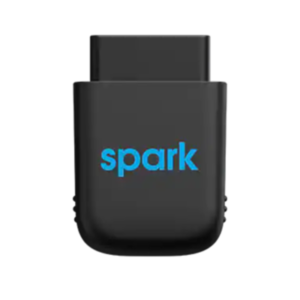

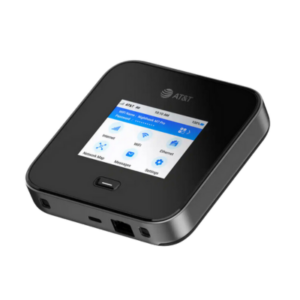
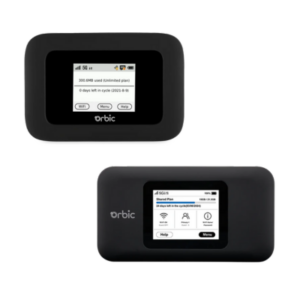
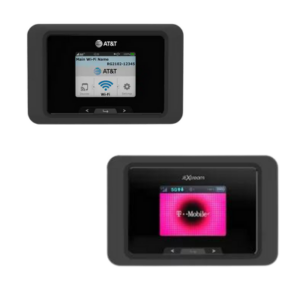
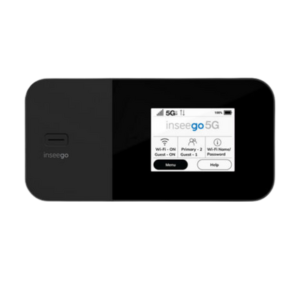
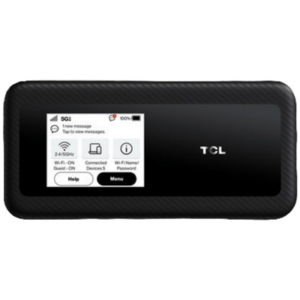

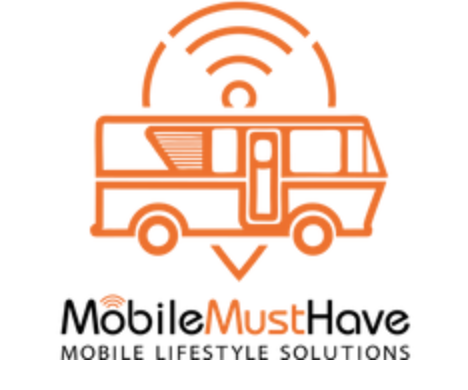

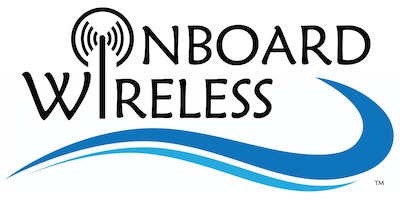



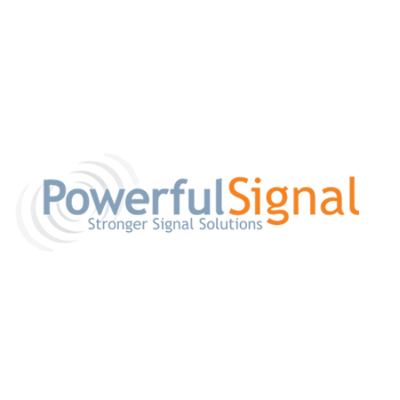
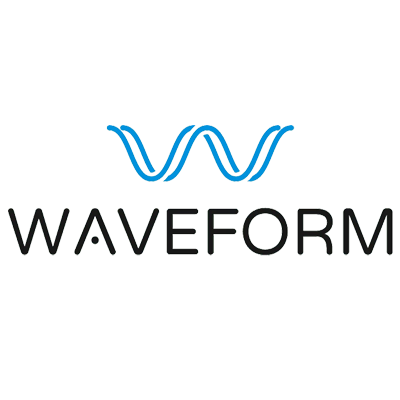
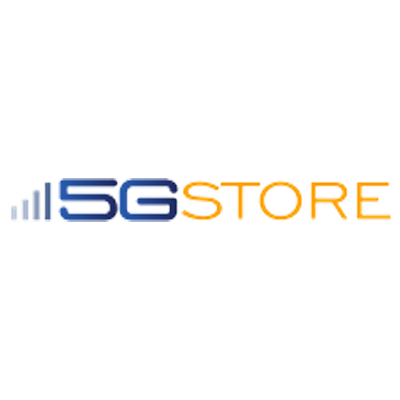
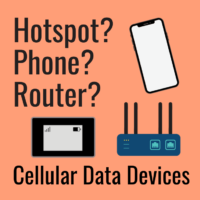
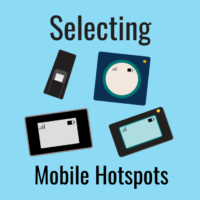
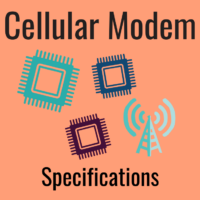
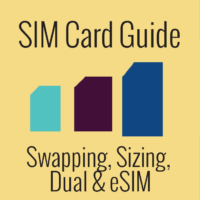
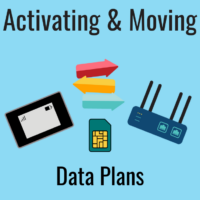

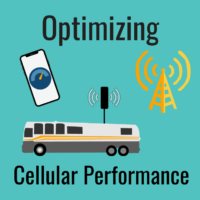
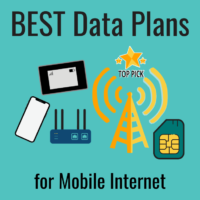
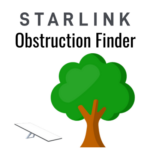





 Mobile Internet Resource Center (dba Two Steps Beyond LLC) is founded by Chris & Cherie of
Mobile Internet Resource Center (dba Two Steps Beyond LLC) is founded by Chris & Cherie of